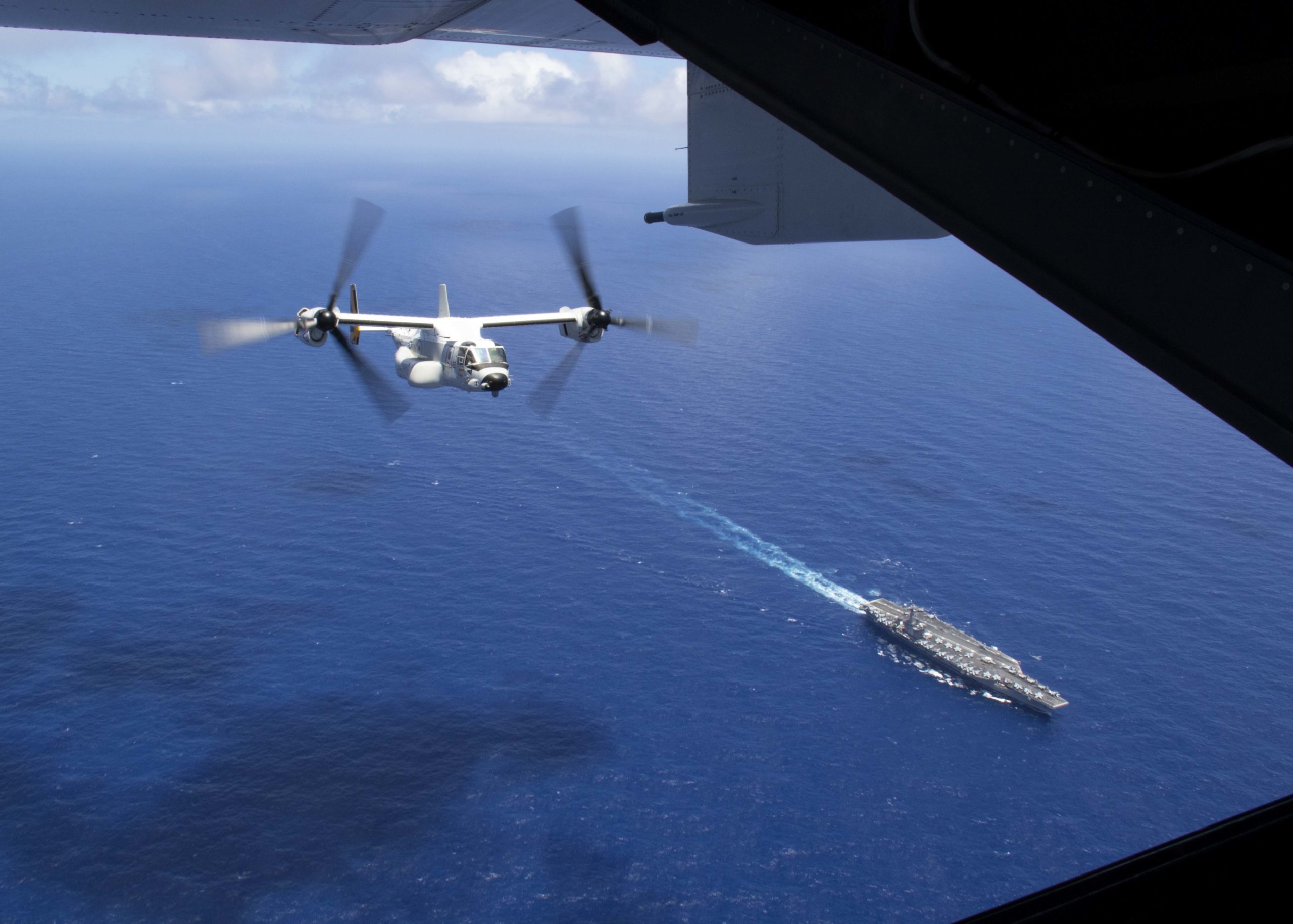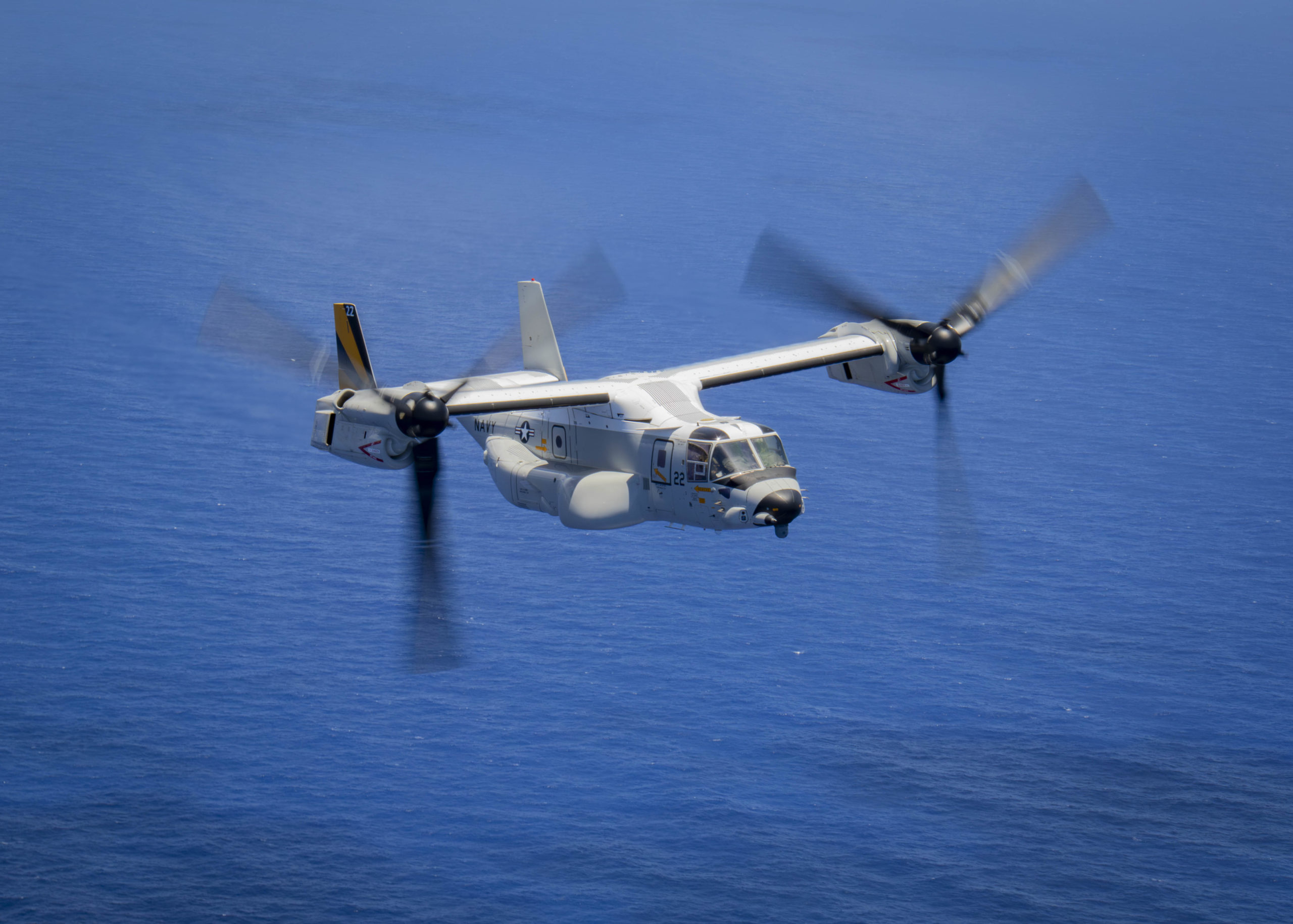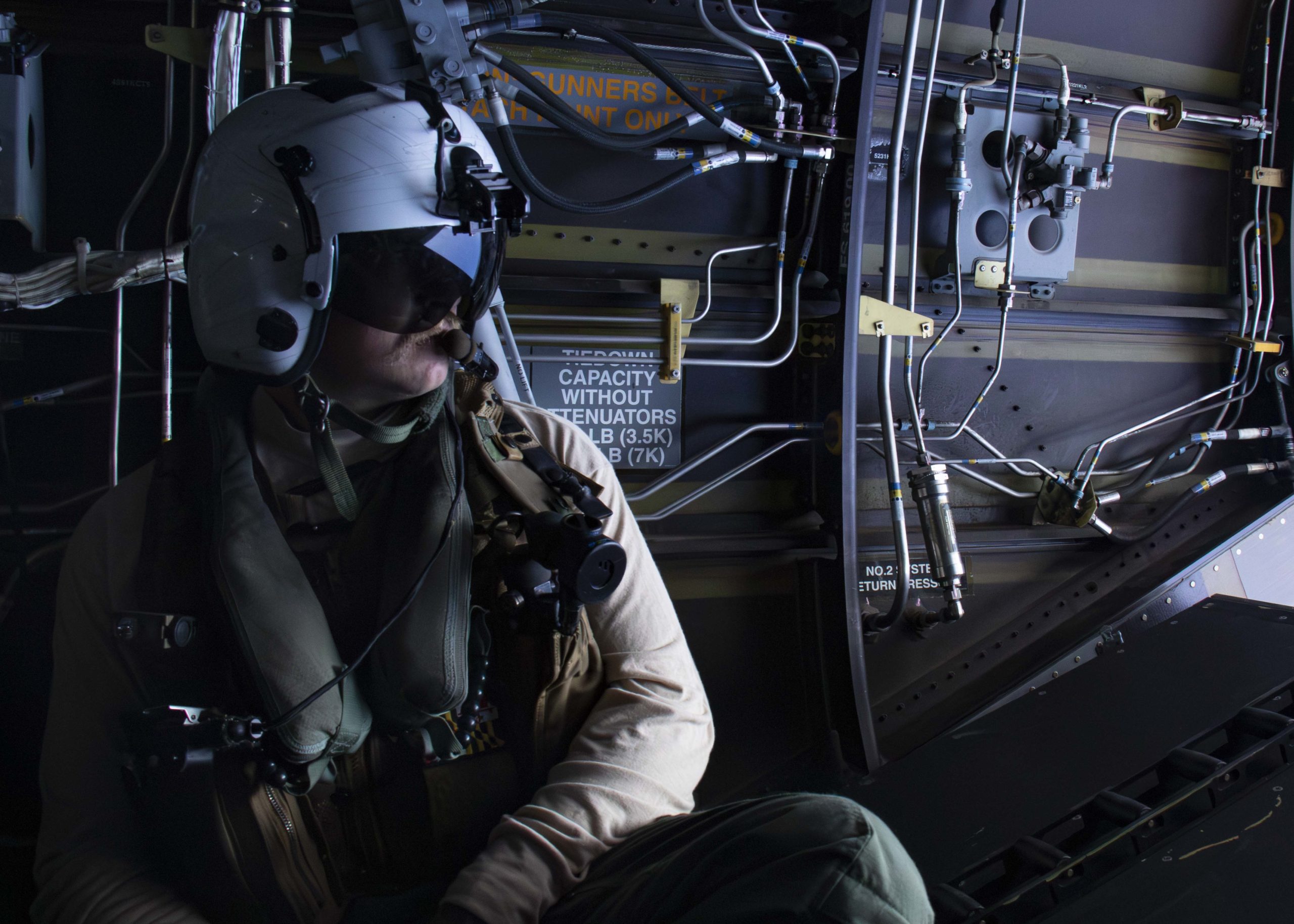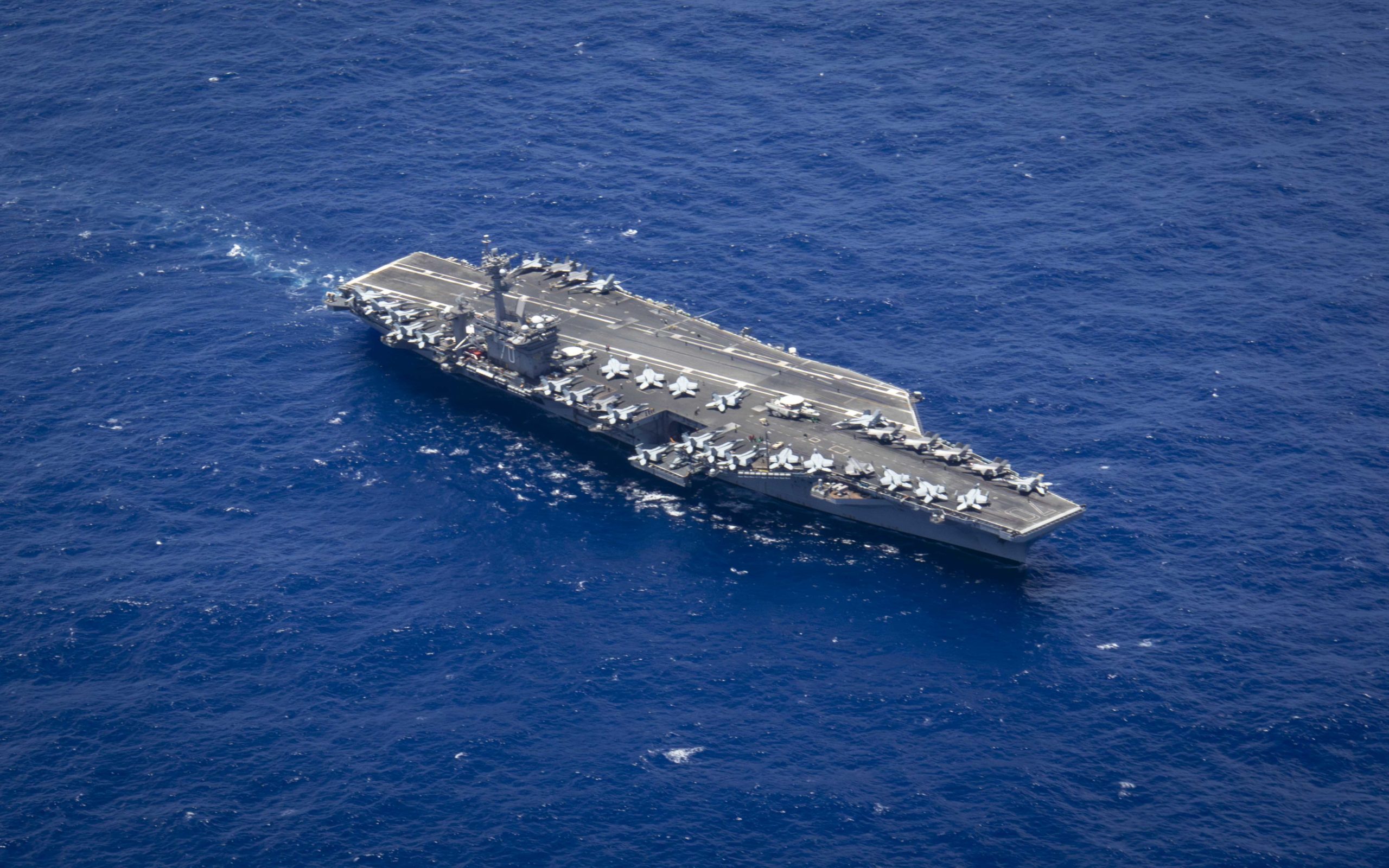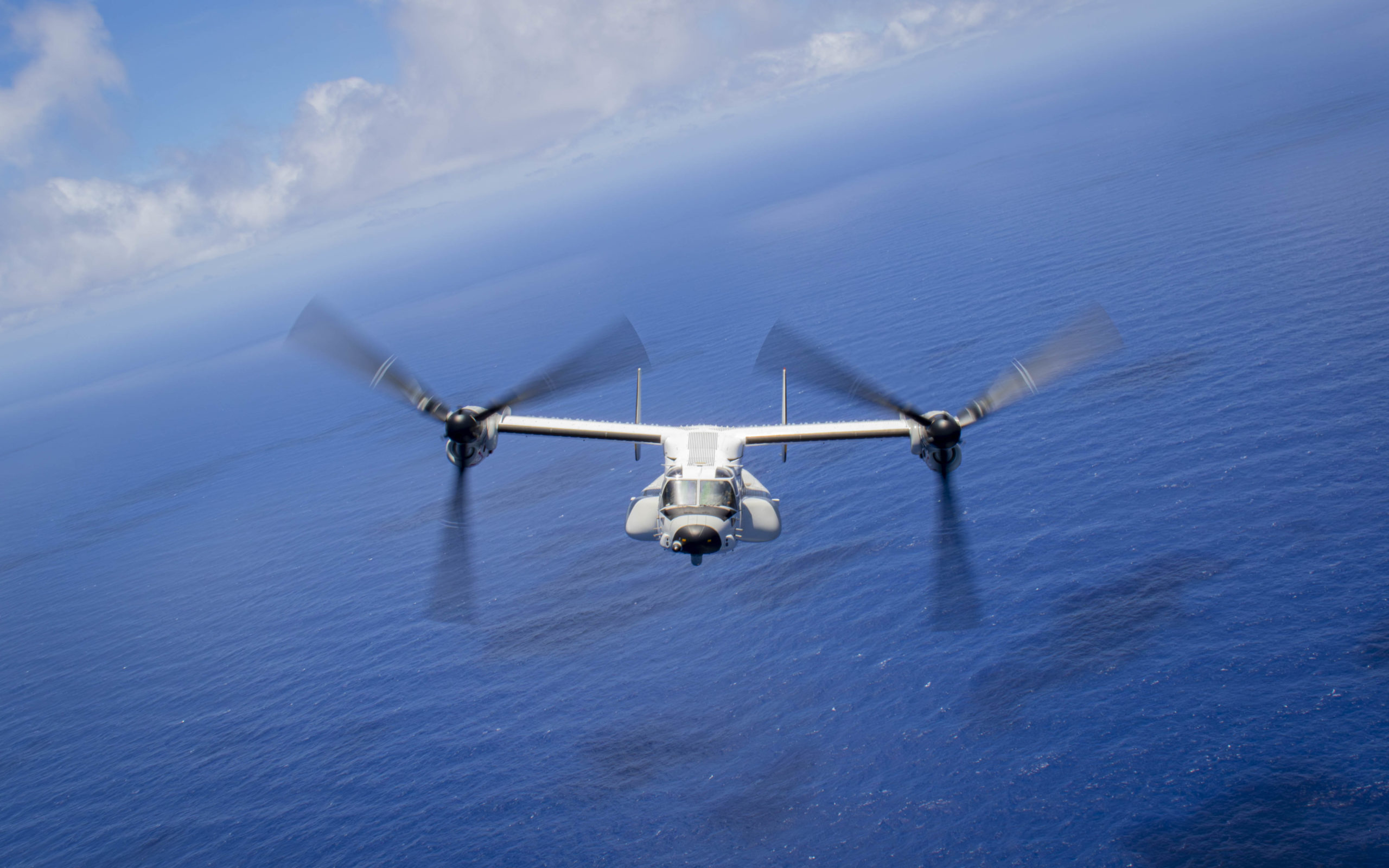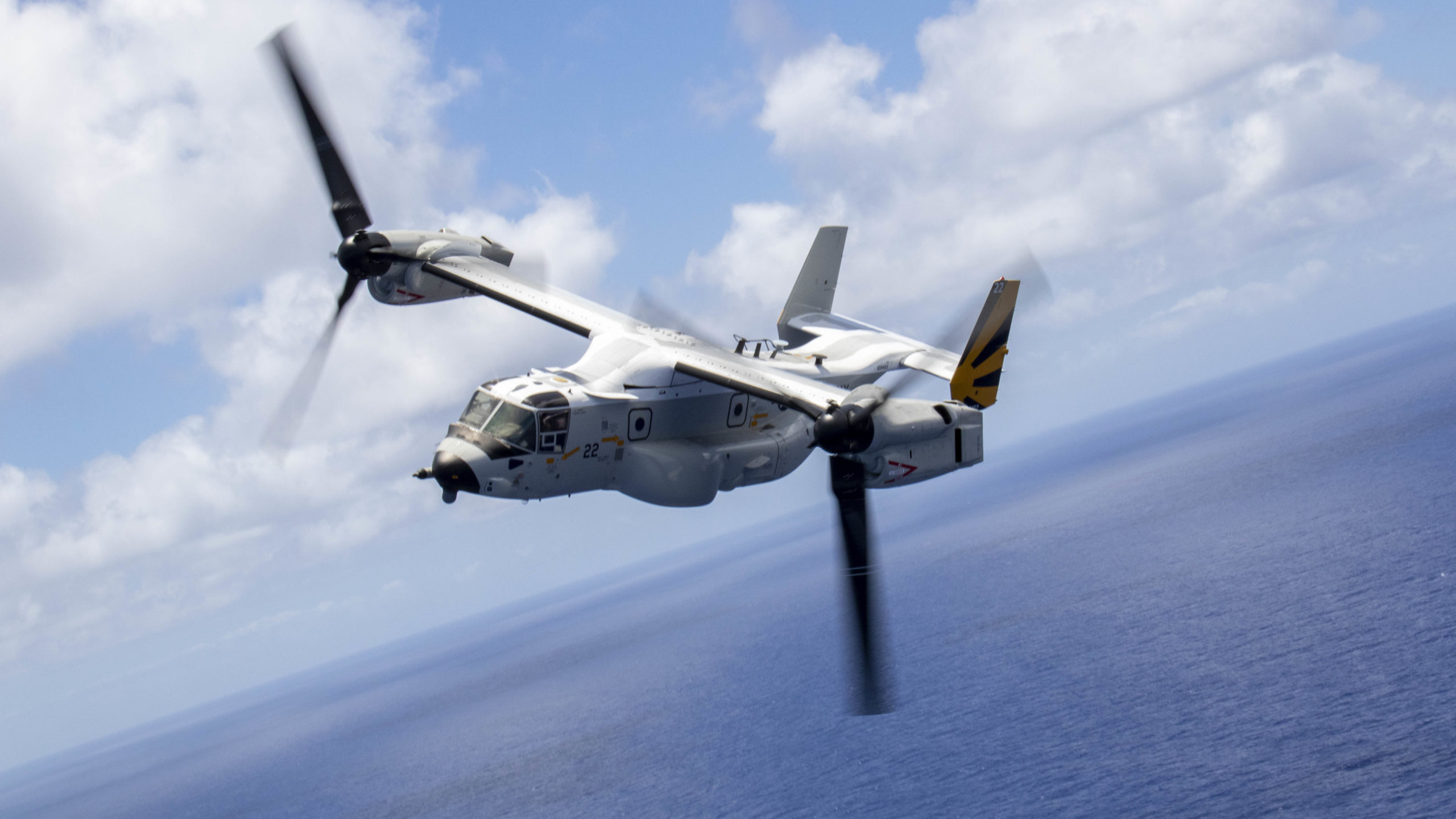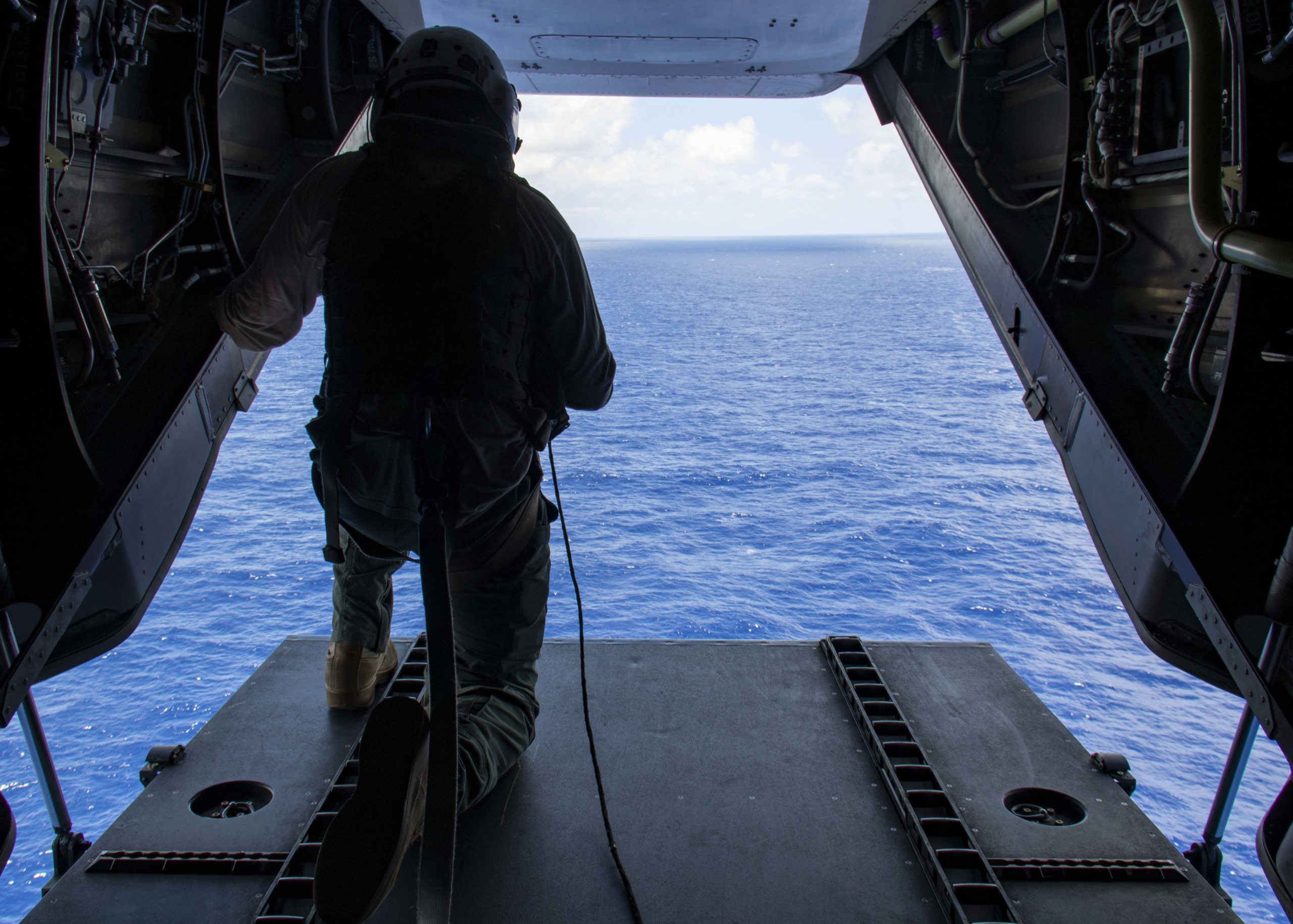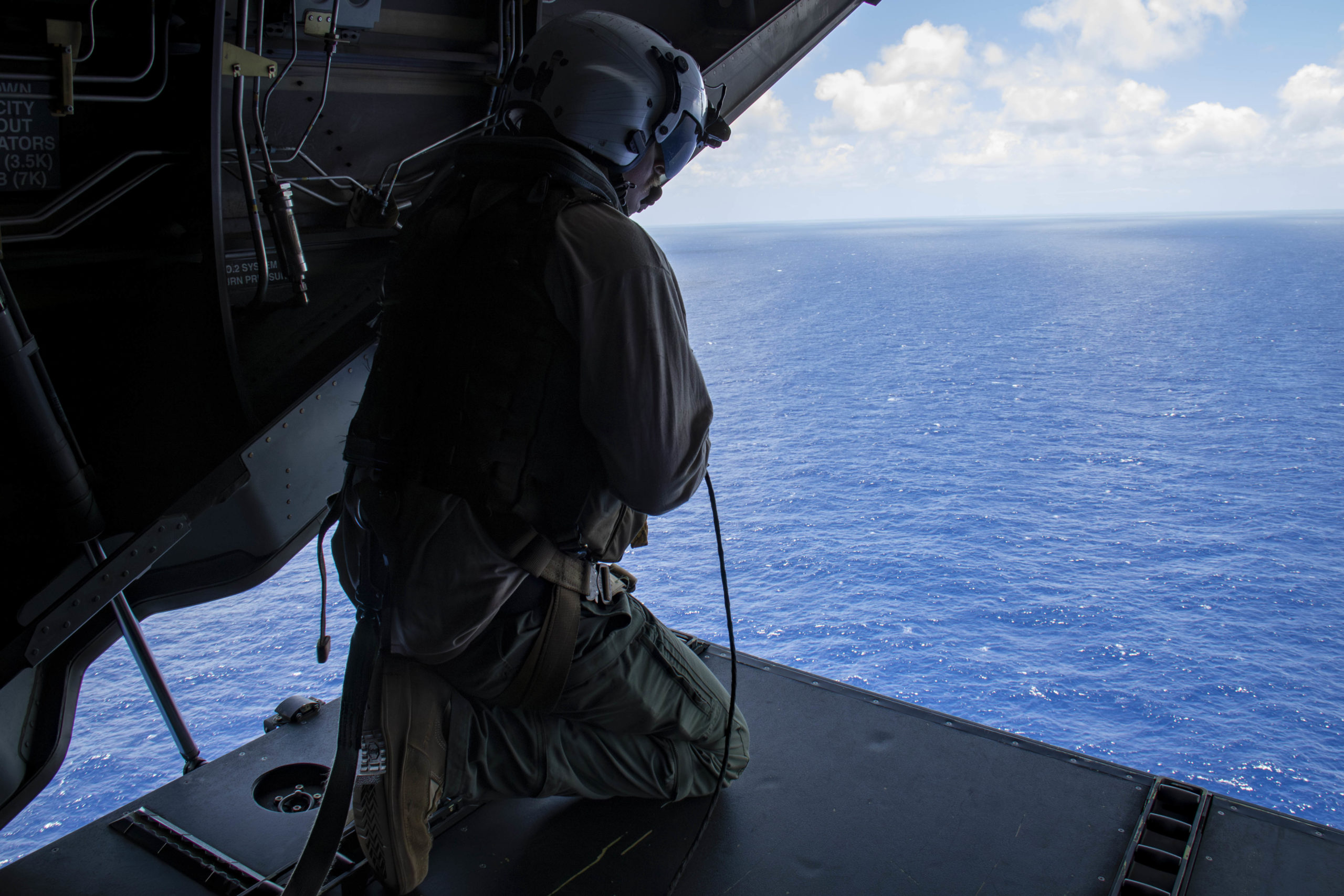By Robbin Laird
As the joint force shapes a distributed force for enhanced survival and relevant presence, the ability to sustain and deliver relevant payloads to that force in combat is critical. Distributed force operations across the Pacific as a giant chessboard, requires an ability to cross link and cross support that force.
This requires continued progress of the relevant command and control (C2) systems to connect the combat clusters that make up a distributed force, but also requires an ability to resupply the relevant payloads used by forces within those combat clusters. The advantage of the sea base is that it is mobile and moves at speed. The disadvantage of the sea base is that it consumes assets to do so and in times of conflict, it needs to resupply the weapons of other payloads it is consuming in combat.
What the combat cluster needs will vary over time– fuel, weapons, USVs, UUVs, and other payloads in development – but some can be supplied by the combat force moving back to the supply system. But if it remains operating within a hot zone, the most likely delivery system will be airborne. If speed and range is not an issue, rotorcraft will do. But if speed and range are critical, say in the resupply of weapons, then the Navy will need to rely on the CMV-22B.
Bought to “replace” the C-2A Greyhound, the CMV-22B is no more a replacement for this aircraft than the MV-22 was for the CH-46. Much like the Osprey changed how the Marines would operate when they mastered Osprey operations and brought it to the Pacific, the Navy is discovering that the Osprey can now provide an intra-theater lift capability which is critical to a distributed force.
In my book, The Role of the Osprey in the Pivot to the Pacific published this year, I described how the Osprey came with the Marines in the original pivot to the Pacific and now is becoming a key part of how the Navy works its way forward in distributed maritime operations, or DMO.
And as the Marines work their Expeditionary Advanced Basing Operation, or EABO concept, the Ospreys for the Marines play a key role as well, which makes them the players in the “second” act for the Marines as they move beyond the pivot to becoming embedded in the Navy-Marine Corps team of 21st century integrated operations.
As I noted in my book: “The importance of the Osprey in the shift in con-ops was highlighted in an interview I did in April 2023 with a senior U.S. Navy commander. He emphasized that the Navy needs to be able to more effectively do intra-theater logistics and to do so with effective speed and survivability.
“As the Admiral underscored: ‘If we are going to have distributed maritime operations, we better have the ability to support, battle damage repair, sustainment, and medical services provided at way more rapid than 20 knots.’
With the Navy needed to augment significantly over time its intra-theater logistics support, they are starting with the replacement of the C-2A Greyhound with the CMV-22B tiltrotor aircraft. The Admiral described this as “a shift from a limited specialized support asset to having a distributed fleet support asset which provides for intra-theater logistics, a priority need.”
The Osprey provides an important stimulant for the shift in con-ops whereby the Navy‘s experimentation with distributed operations intersects with the U.S. Air Force’s approach to agile combat employment and the Marine Corps’ renewed interest in Expeditionary Advanced Base Operations.
In other words, the reshaping of joint and coalition maritime combat operations is underway which focuses upon distributed task forces capable of delivering enhanced lethality and survivability.
And the notion of support is augmented in such a situation.
The CMV-22B with its flexibility to land on a wide range of sea bases, and to move rapidly from a variety of land bases, means that it can lead to a significant “rethink” of how to perform logistical support across the fleet and to be able to work very differently across the joint force.
But to enhance in the short and mid-term the lethality and survivability of the fleet, the low hanging fruit is to increase the numbers of this core logistics asset to ensure the fleet can meet logistics requirements in a contested environment.
But I would argue even more broadly than this goal.
Buying a significant number of CMV-22Bs will allow the Navy to more rapidly and cost effectively meet the logistical shortfall for wider fleet support as well as shape new ways of working with the joint force, both to support them as well as finding new ways for the joint force to enhance the fleet’s operational reach, survivability, and lethality.
In other words, going beyond the current CMV-22B Program of Record provides a thread which can tie together the wider fleet and the joint force into a more lethal and effective distributed kill web force.
Featured Image: Aug. 17, 2023) A CMV-22B Osprey, assigned to the “Titans” of Fleet Logistics Multi-Mission Squadron (VRM) 30, flies over Nimitz-class aircraft carrier USS Carl Vinson (CVN 70). Vinson, Carrier Strike Group 1’s flagship, is underway conducting routine operations in the U.S. 3rd Fleet area of operations. (U.S. Navy photo by Mass Communication Specialist 3rd Class Isaiah B. Goessl).


